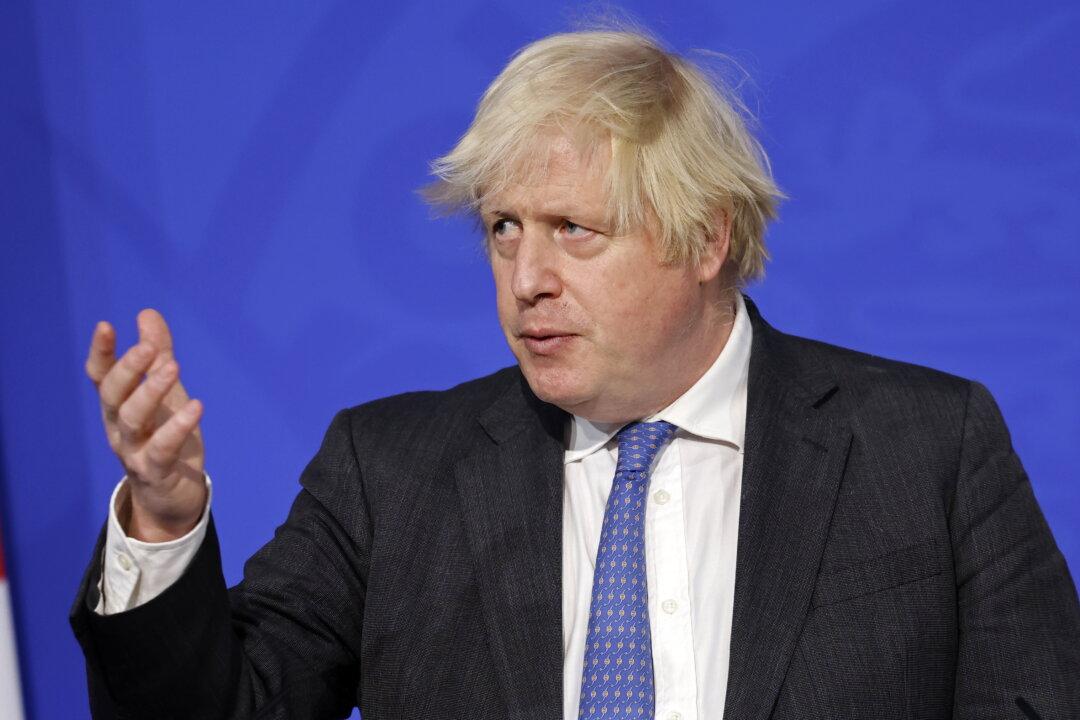British Prime Minister Boris Johnson is seeking to bolster any new NATO defenses against an amassment of troops by Russia on its border with Ukraine with the offer of a major military deployment to Europe.
The prime minister’s office said the extra forces on offer would include sending defensive weapons to Estonia, and doubling British troops on the ground, with the potential deployment expected to signify the UK’s support for its Nordic and Baltic partners.




